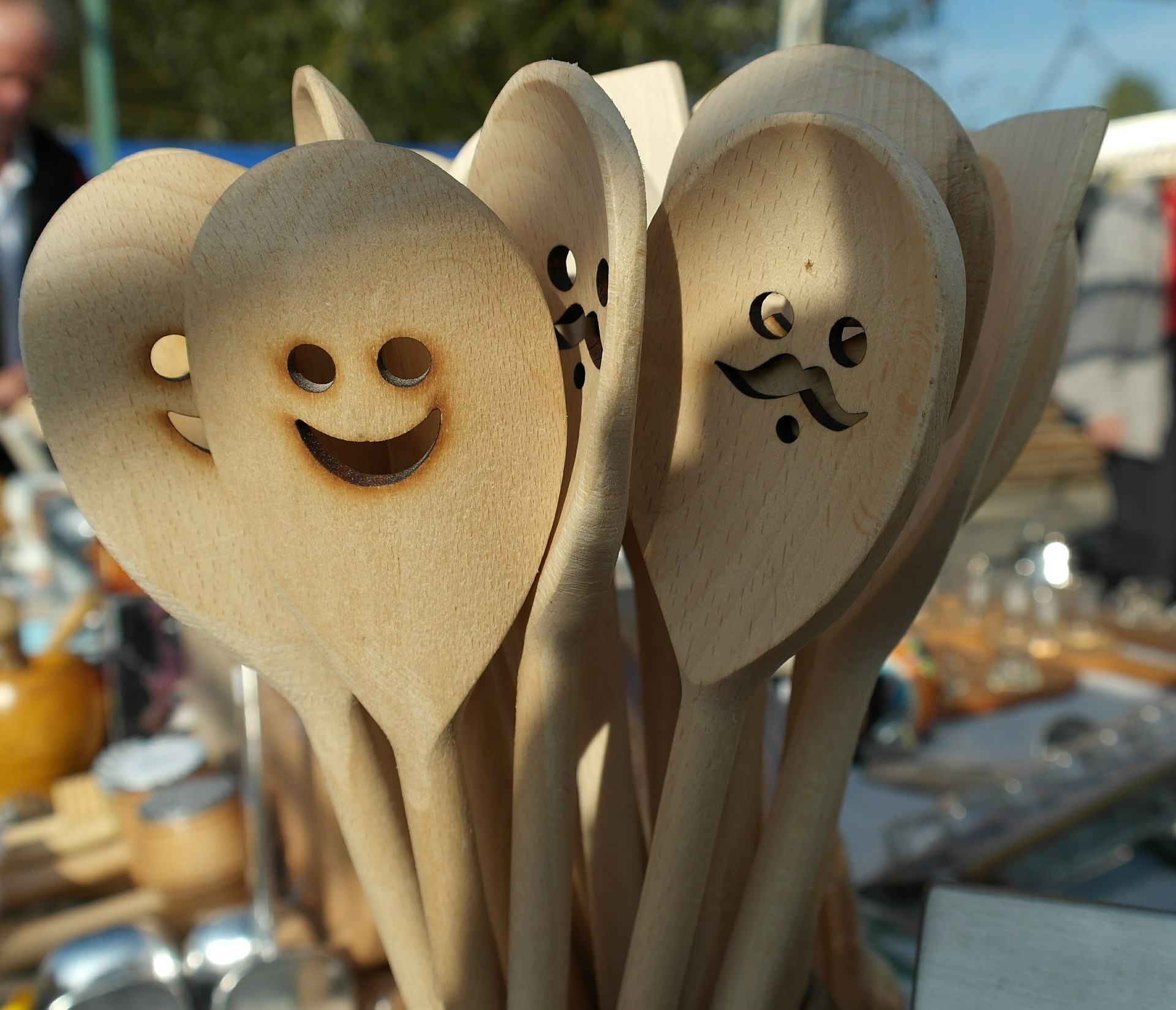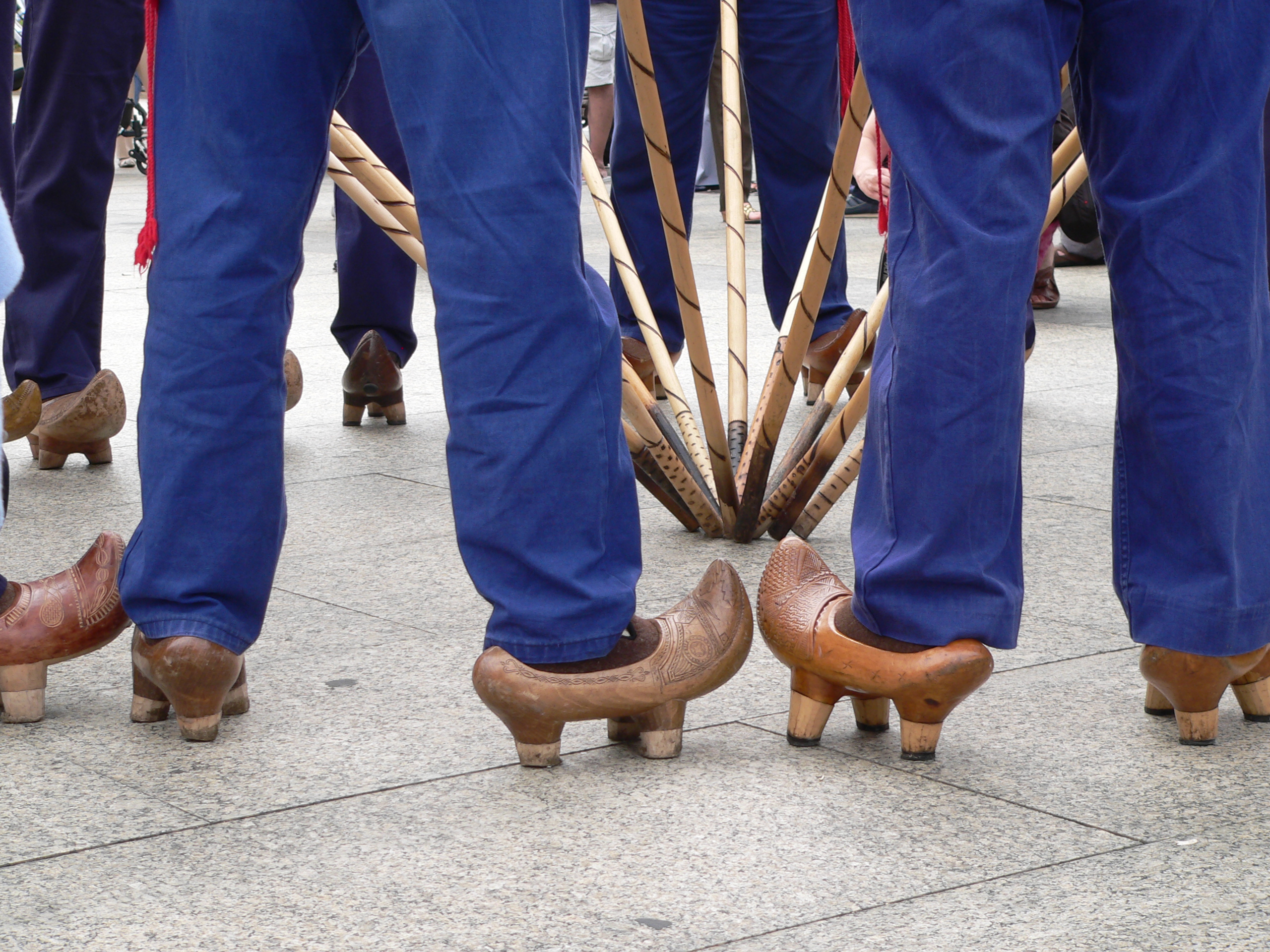Death Kiss Sculpture in Spain
Country of the crafting: Spain
Region of the crafting: Andalucia
Town of the crafting: Málaga
Type of the crafting: Marble, stone and plaster
1. Geographic area
It is a marble sculpture found in the Cemetery of Poblenou, in Barcelona. the sculpture has been attributed to JaumeBarba, although others attribute it to Joan Fontbernat. the sculptress shows death in the form of a winged skeleton giving a kiss to a young man.
2. Data sheet
The similar work of art represents the scene in death, personified in the figure of the skeleton, goes to look for this young man and takes him to his kingdom through a kiss, which is contrasted with the allegorical and classical image of the same death that, represented by a hooded skeleton that carries a scythe, is going to look for the living when their time comes and with this tool relentlessly cuts the link between man and earthly existence, others with religious connonation.
3. History
The history of this incredible work dates back to 1930, when the Llaudet family, filled with sadness over the death of their son, commissioned the sculpture for his grave; in the epitaph some famous verses of the Catalan poet JacintVerdaguercan be read.Madein the workshop of the sculptor Jaume Barba, who has always been awarded authorship, there are those who think that the true author was Joan Fontbernal, son-in-law of the teacher and the most qualified sculptor of the Barba family workshop.
4. Materials
The main material used is marble. Different tools and materials are also used for polishing and obtaining different textures in the finish, including rasps, files, sandpaper and abrasive products; 10 and in some cases even dyes are used.
5. Process
The technique used is the stone sculpture technique. The blows used by the carver can be applied directly with another harder pebble. This ensures the fracture of the rock, but the intensity of the blow decreases the carver’s control over the direction of the break, making the process more unpredictable. When more precise strokes are required on the stone, an intermediate material can be used, as a chisel, that receives the blow and transmits it to the rock, either by damping the impact or directing it to a specific point.









